Guys and gums
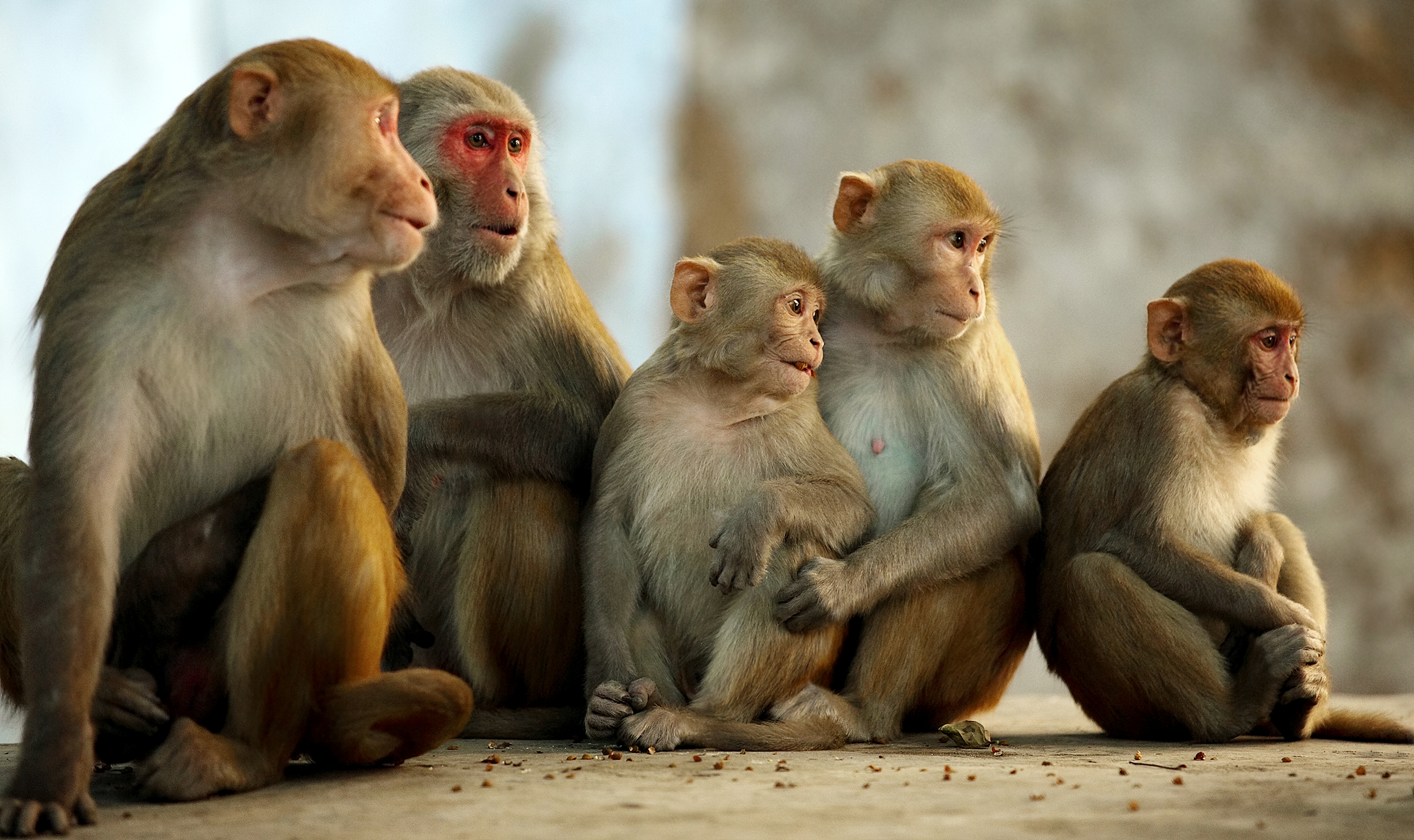
The surprising correlation among macaques, testosterone and men’s oral health

Macaques are the most widely distributed nonhuman primates in the world. More than 20 species of these monkeys socialize in lively troops and make frequent appearances on National Geographic documentaries. So what can we stand to learn from them about our own oral health? Quite a bit, according to findings from a retrospective study that Texas A&M University Baylor College of Dentistry researchers presented March 17 during the American Association for Dental Research annual meeting.
This study, published in the January 2016 American Journal of Physical Anthropology, has its origins on Cayo Santiago, an island off the coast of Puerto Rico and home to the Caribbean Primate Research Center. Since the late 1930s, scientists have studied at least nine generations of these free-ranging monkey colonies, and TAMBCD researchers are no exception.
For a recent study, Dr. Qian Wang, associate professor in biomedical sciences, along with Dr. Paul Dechow, Regents professor and biomedical sciences chair, collaborated with West Virginia University veterinarian Dr. Matthew Kessler, former director of the primate research center, and the University of Puerto Rico’s Terry Kensler, manager of the center’s Primate Skeletal Collections. Together they analyzed the skeletonized remains of five castrated male rhesus macaques from the island, all of which had died of natural causes. The mandibles of four of them remained intact, offering the opportunity for comparison with remains of noncastrated males of approximately the same age. The differences were telling, and obvious: many of these traits can be seen with the naked eye.
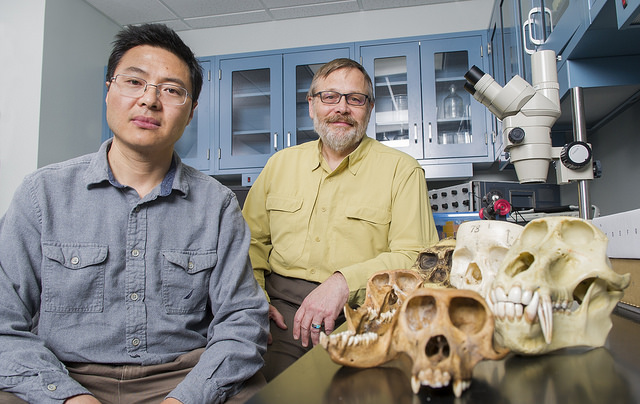
For starters, the alveolar bone that supports teeth had dramatically receded on the two 26-year old geriatric castrated males, especially when compared with intact males of the same age. (Rhesus macaque life span is 25 years, yet few males live to see 20. The other two males in this study were just 10 and 11 years old when they died.) Further up from the tooth socket, the bone of one specimen takes on a porous, spongy appearance, which is not the norm. Signs of periodontitis were evident and much higher in severity than in intact males of the same age. The same was true of temporomandibular joint osteoarthritis, also severe. Even the canines and molars were slender and the tooth cusps less robust.
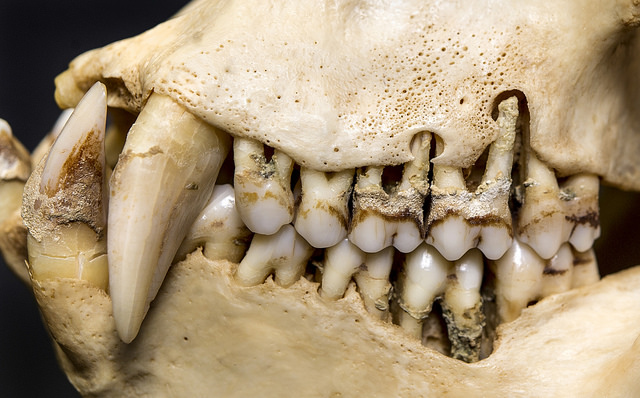
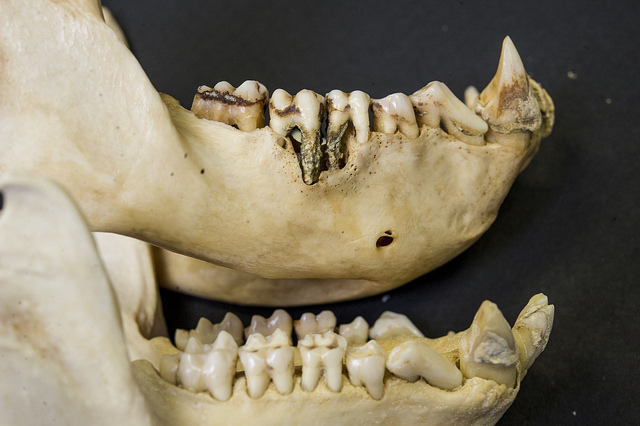
As one of our closest primate relatives, this pattern with the rhesus macaque has relevance for oral health in adult males. While the notion of castration may offhand seem a bit extreme, it’s more common than one may think, given that one in seven men will be diagnosed with prostate cancer in his lifetime, according to the American Cancer Society. Testicular cancer, which affects one in every 263 males during his lifetime, is not as common. Other causes include traumatic accidents, sexual reassignment surgery, chemical or surgical castration for sex offenders, and intentional criminal acts.
This study is unique because while the link between estrogen, oral health and the temporomandibular joint is well known, the correlation between male sex hormones and oral health is not as widely publicized.
“There is some evidence, as we say in the paper, that lack of testosterone has a correlation with periodontal disease,” Dechow says. “We do know that many craniofacial tissues are sensitive to sex hormones, it’s just that it was usually more thought of on the estrogen side.” Dechow mentions that while these relationships require further study, “they do raise the possibility that these may be important factors in the health of the craniofacial tissues, especially in aging.”
As diagnoses for low testosterone become increasingly common — The U.S. Food and Drug Administration states that the use of prescription testosterone replacement therapy increased from 1.3 million patients in 2009 to 2.3 million patients in 2013 — dentists may want to consider asking about this therapy when documenting their male patients’ health histories.
“This way, the dentist may have a better picture of the overall well-being of the patient,” says Wang, lead author on the study. “Low sex hormones are a natural phase of aging, and oral health could be a collateral victim, which is why oral hygiene and routine checkups are important throughout life.”
Wang first visited the primate research center in 2005 while a postdoctoral researcher at TAMBCD. After leaving the dental school in 2006 for the faculty of the Mercer University School of Medicine in Macon, Georgia, Wang kept in touch with colleagues at the Puerto Rico research center, publishing multiple articles. And in 2009, the 70th anniversary of macaque research on the island, Wang ensured the milestone was recognized by organizing a symposium for the American Association of Physical Anthropologists and editing a book featuring the animals. Since Wang returned to TAMBCD in 2015, work continues in data collection and analysis of primate skeletons, as he is one of the few researchers studying craniofacial remains of the Cayo Santiago macaques.
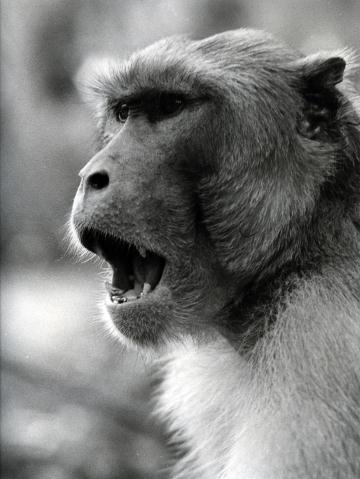
Next steps could include a survey to discover more about oral health in the castrated human population or patients suffering from low sex steroid levels. There’s even the possibility of an animal study to learn more about castration’s long-term effects. In either case, Wang has teamed up with Dr. Hui Liang in the college’s diagnostic sciences department for comparative studies on the macaque skulls.
There is still much that can be done, Dechow says.
“There’s a great deal to learn from these macaques, because this is one of the few places where we have a wild colony where the genetics are known, where there are blood samples and where we know things about the DNA.”